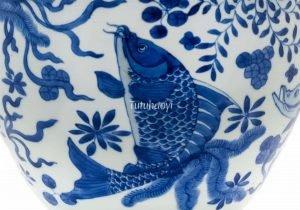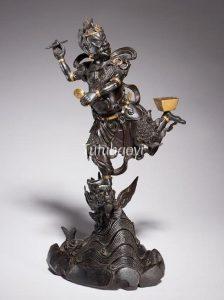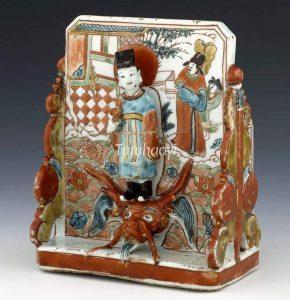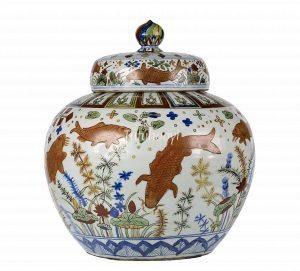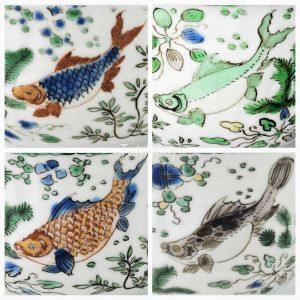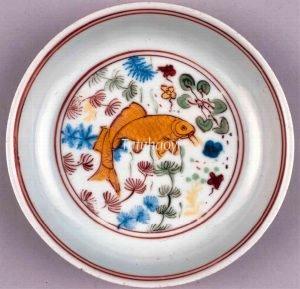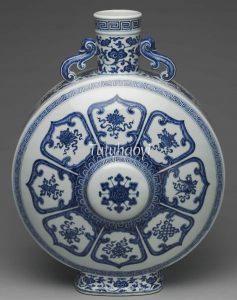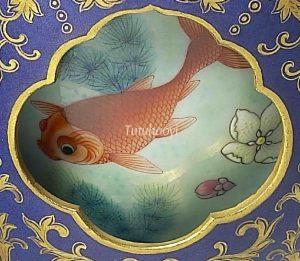Showing Results Containing
Many museums and auction houses are often unaware of the pun rebuses hidden in traditional Chinese pictures and have treated them as mere naturalistic ones. Thus, the cultural and social significance contained in the motifs are unfortunately overl...
Have you wondered why you often see an image of a man lying or ‘dancing’ beside a large fish on Chinese antiques? Is it referring to some figure and story in ancient China? Here is Dr Yibin Ni explaining to us the meaning of this touching story th...
What is the value of deciphering pictorial scenes on traditional Chinese artworks? What is the importance in identifying correct figures and story scenes on antiques? Here is the editor’s conversation with Dr Yibin Ni, an internationally ren...
As the deity who grants success in the imperial examinations, Kui Xing 魁星 is revered as the God of Literature. The image of Kui Xing is often presented as a ...
During the Tang and Song dynasties, there were large dragon–carp (鳌鱼) reliefs on the steps in front of the imperial palace. In t...
Fish (鱼 yu) puns with the word yu 余 meaning ‘abundance’, therefore it symbolises wealth and prosperity. Continue Reading
Wang Xiang (王祥 185-269) served as the Grand Protector (taibao 太保) in the Western Jin court (西晋 265-316 CE) and, as a significant politician, has his biography in the Book of Jin (jinshu 晋书), an official historical text covering the dynasty’s history. When Wang Xiang was a boy, his mother passed away. Hi...
A gathering of four distinctively different fishes can be read as a pun rebus design expressing an admonishing message ‘qing bai lian jie 清白廉洁’, which literally means ‘pur...
A fish is an ancient symbol of material prosperity and fertility in China, both because it puns with another word yu 余 meaning ‘abundance’, and because of the...
Ordinary fish in the pond was hoped by ancient Chinese people to turn into a vigorous and powerful Continue Reading
The Eight Auspicious Emblems, also known as ‘ba bao’ (八宝, Eight Treasures), or ‘ba rui xiang’ (八瑞相, Eight Symbols of Good Fortune), are a set of symbols in traditional Tibetan Buddhism. These symbols are often depicted together, bringing positive energy, Continue Reading
Goldfish is often found as a decorative motif in Chinese art. According to Chinese tradition, keeping goldfish in the house is considered auspicious, since the name for ‘goldfish’ (jin yu 金鱼) puns on the Chinese words for ‘gold 金 jin’ and ‘jade 玉 yu’ as well as the phrase ‘abundance of gold’, t...
